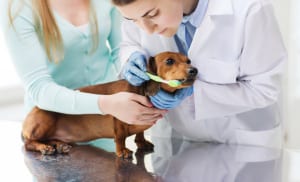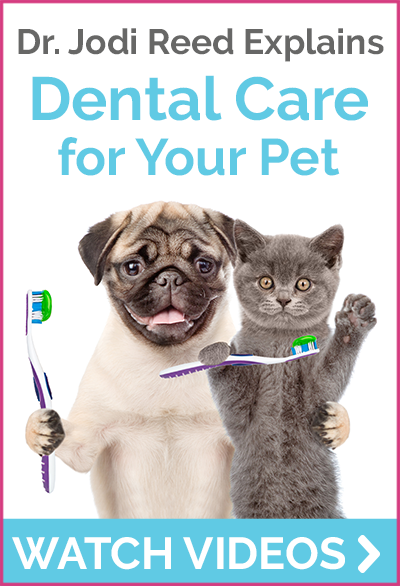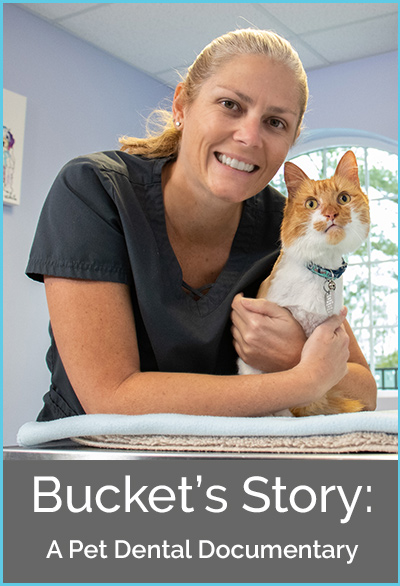Cat and Dog Teeth Cleaning Facts
By Ashley Landau, RVT
(Harmony Animal Hospital Registered Veterinary Technician)
When It Comes to Cat and Dog Teeth Cleaning, Did You Know?
Fact #1
Dogs have 42 teeth and cats have 30 teeth. On average, humans have 32 teeth.
Fact #2
Dogs and cats have two sets of teeth in their lifetime, just like humans.
When they are puppies and kittens they have baby teeth (called deciduous teeth). Between the ages of 3 to 7 months for dogs and 3 to 5 months for cats, these teeth should fall out and be replaced by their adult teeth (permanent teeth).
Fact #3
Persistent baby teeth are common for dogs (especially the smaller breeds) and to a lesser extent in cats.
This happens in people too, when the deciduous tooth (baby tooth) does not fall out as the adult tooth erupts. Persistent deciduous teeth create many problems for our pets (and can for us too), so it’s important to monitor your pets’ teeth closely as they are growing up! Your veterinarian will also be keeping a close eye on your pets’ teeth too, so appropriate treatments can be recommended, such as extraction of the persistent deciduous teeth when necessary.
Fact #4
Other differences between human oral anatomy and dogs and cats are:
- Pets’ teeth have a more tapered shape with sharper cutting edges and fewer chewing surfaces compared to humans.
- Their teeth are spaced further apart, unlike human teeth.
Fact #5
Periodontal disease is the #1 untreated disease in pets. Studies have shown that approximately 80% of dogs and 70% of cats by the age of 3 have periodontal disease (American Veterinary Medical Association, 2006). It’s important to note the majority of pets never show signs of periodontal disease and oral pain. Also, the signs can be so gradual over time we humans don’t notice. Often our team at Harmony has treated a pet’s dental disease, and after recovery their owners are amazed at how much energy they have – they feel like a puppy or kitten again!
Some signs you may notice are:
- Bad breath
- Abnormal drooling/salivation
- Difficulty chewing food or suddenly dropping food while eating
- Red and inflamed gums
- Missing or loose teeth
- Swollen jaw
- Abnormal nasal discharge
- Sneezing
- Your pet no longer wants to pick up toys/play or is suddenly sensitive to you petting them around the face and mouth
- Seems sensitive and irritable
- If you notice any of these signs, please schedule an appointment with your veterinarian. These symptoms could be a sign of dental disease or of other serious health problems.
Fact #6
Dental Radiographs are an important part of Comprehensive Oral Health and Treatment
Radiographs (x-rays) should ideally be taken during every dental procedure since 60% of the tooth is below the gumline where we cannot see disease However x-rays should always be taken when there are any abnormalities found on the oral exam including finding of fractured teeth, loose teeth, missing teeth, extra teeth, misshapen teeth, malpositioned (crooked) teeth, resorptive lesions, cavities, deep periodontal pockets, oral masses, swellings, and much more.
At Harmony we take your pets’ oral health very seriously. As part of your pet’s annual wellness check the veterinarian will do an oral exam, and check for any periodontal disease and abnormalities. The veterinarian will then make recommendations for treatment and prevention, such as at-home dental care or professional complete oral health and treatment.
Together with your help we can treat and prevent periodontal disease to enable your fur babies to live a healthy, happy life.







